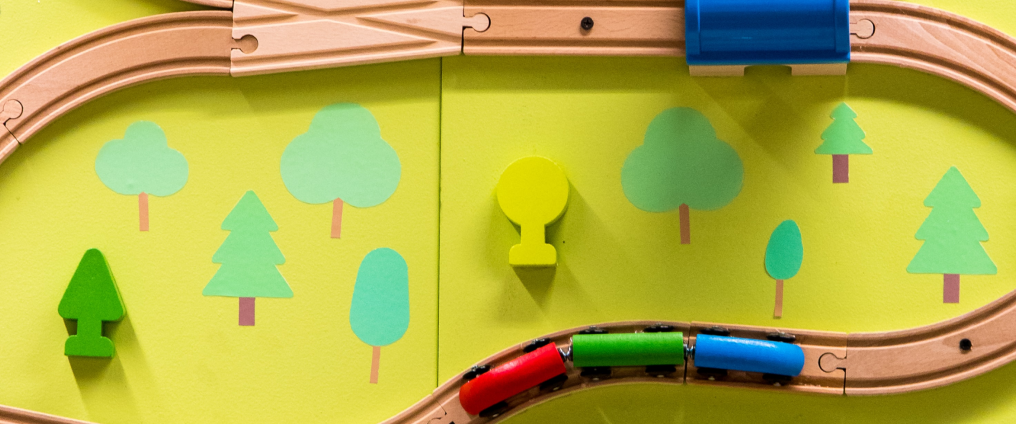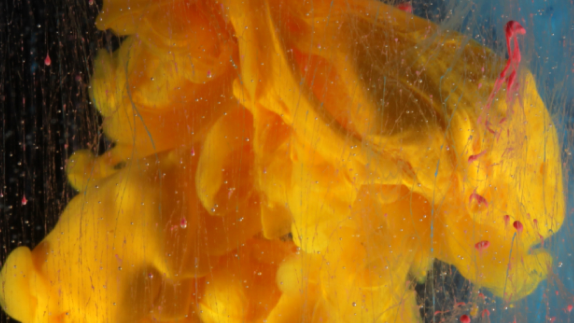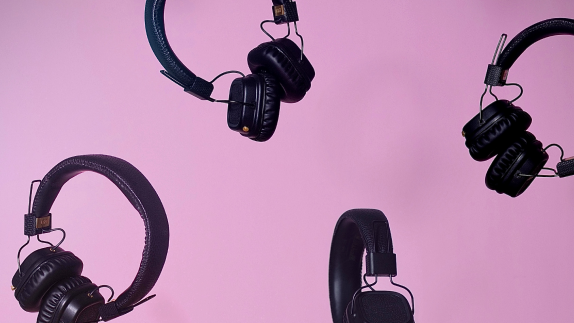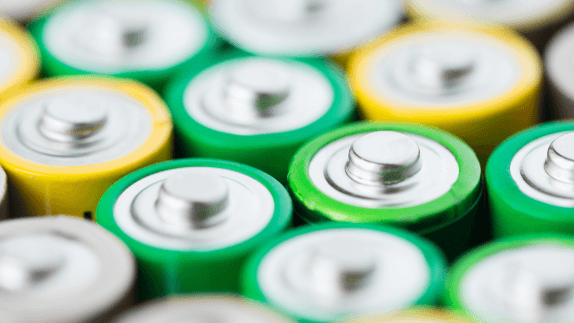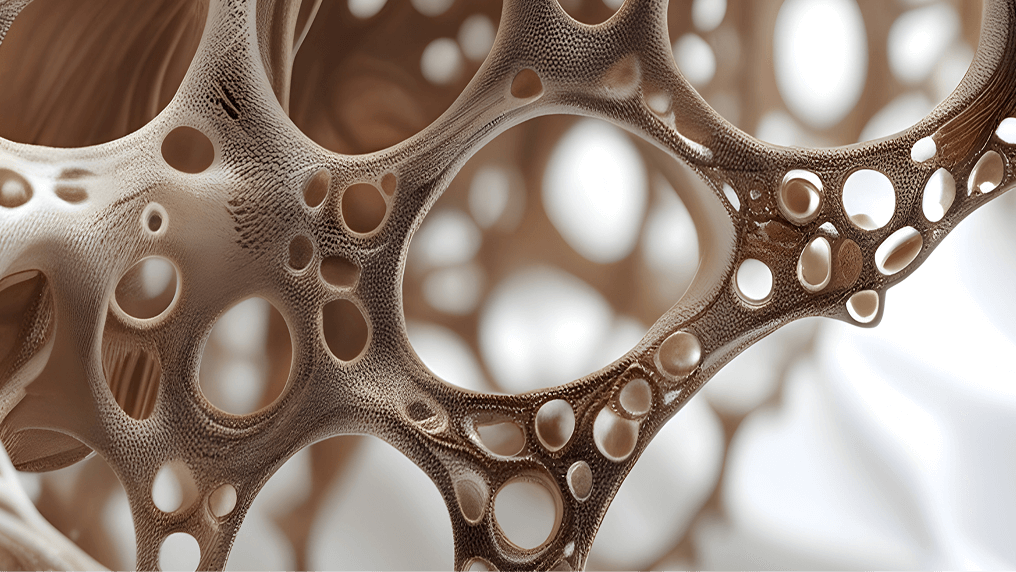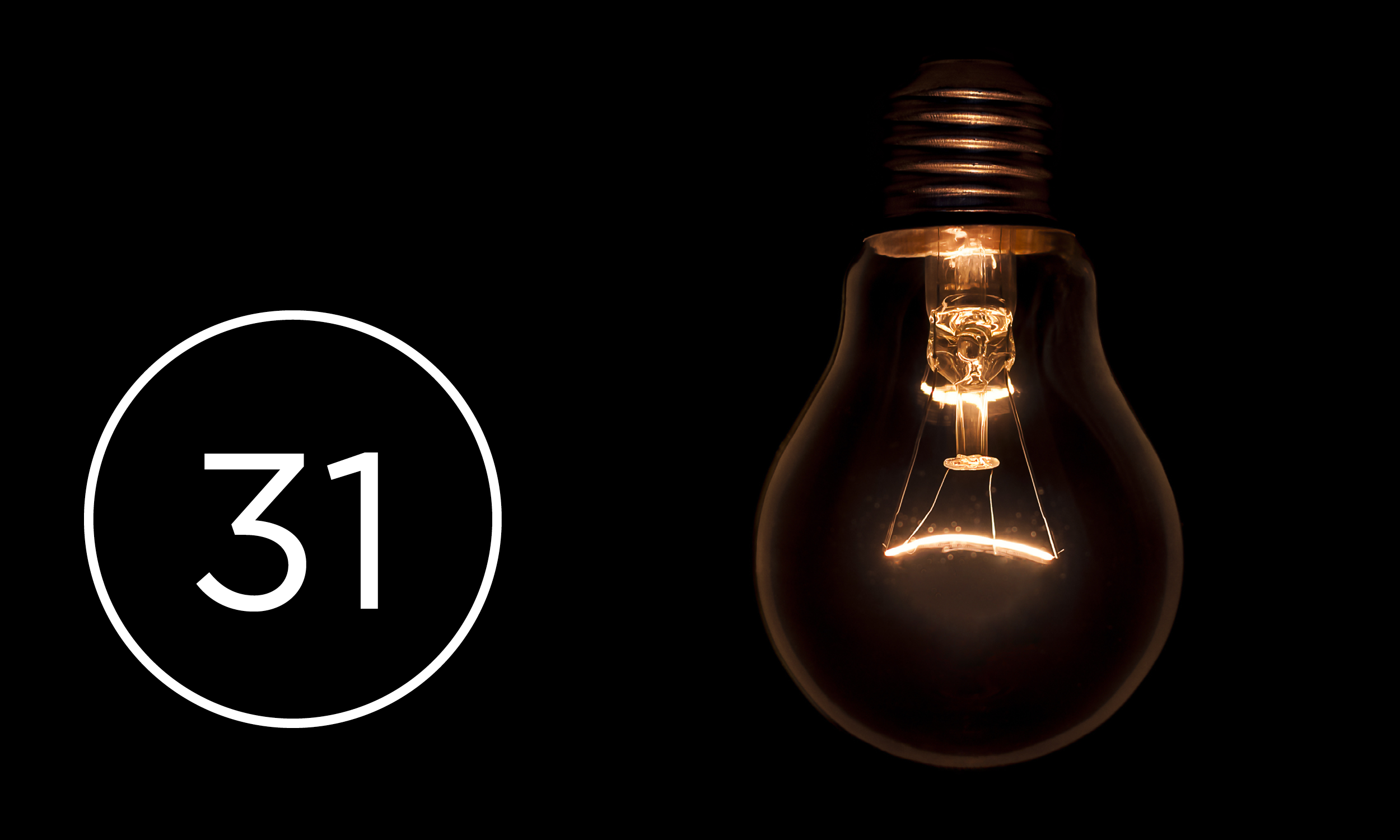Marie Kondo tells us that ‘the best way to choose what to keep and what to throw away is to take each item in one’s hand and ask: “Does this spark joy?” If it does, keep it. If not, dispose of it.’ But with more than two billion tonnes of waste being sent to landfill by households annually, how we dispose of the things we once loved is of utmost importance.
Toys are prime examples of items that are designed to ‘spark joy’ but often end up as waste when a child’s play interests change. The value of the global toy market exceeded USD 90 billion in 2019 but with 80% of all toys ending up in landfill, incinerators, or the ocean much of this value is lost when toys are thrown away. In France alone, more than 40 million toys end up as waste each year, and in the UK almost a third of parents have admitted to throwing away toys in good working order because their children have finished playing with them.
With waste and pollution causing damage to the environment and to our health, and valuable materials being lost from the economy, many toymakers are rethinking the future of their business. This involves redesigning not only how toys are made and played with, but also toy ownership. Together, these are critical steps towards a circular economycircular economyA systems solution framework that tackles global challenges like climate change, biodiversity loss, waste, and pollution. It is based on three principles, driven by design: eliminate waste and pollution, circulate products and materials (at their highest value), and regenerate nature..
Reuse and sharing
For the countless toys that already exist, reusereuseThe repeated use of a product or component for its intended purpose without significant modification. and sharingsharingThe use of a product by multiple users. It is a practice that retains the highest value of a product by extending its use period. models are pivotal to prevent them from becoming waste. This is one of the motivations behind the LEGO® Replay initiative, which encourages owners to donate their used bricks to children’s charities. The initiative is currently being piloted in the US and is one of the business’s first steps towards a circular economy.
According to the LEGO Group, 97% of its bricks are already kept or shared by owners, with many passed on to generations of friends or family. But the company is aiming to increase this percentage. Tim Brooks, Vice President of Environmental Responsibility, explains: “We are concerned with helping to build a better planet for future generations and we know being part of the circular economy is part of that journey. LEGO Replay wants to inspire LEGO brick owners to pass along the bricks they aren’t using.”
Similar motivations have seen a number of start-up businesses exploring reuse and sharing models for toys. In California, US, Toy-Cycle has established a recommerce platform and consignment system that enables outgrown toys to be shipped directly to the company to be sorted and resold. Likewise, French association Rejoué has also been collecting, cleaning, repairing and reselling used toys since 2012, so far saving 300 tonnes of toys from landfill.
Alongside reuse models, toy subscription services are emerging to enable toys to be used by more people. Hong Kong-based Happy Baton provides a subscription service through which families receive curated monthly boxes of toys. Toys can be selected for the box that are age appropriate and fit a child’s development needs, and larger toys can be added such as scooters and tricycles. The platform also offers a pick-up service for additional toys that are no longer needed or wanted, as a way to extend their use.
In the UK, a similar service is offered by Whirli. In return for subscription, users of Whirli receive tokens to exchange for the toys they want. Toys are shipped when required and can be kept for as long as needed or wanted. When a child has finished playing with a toy, it can then be sent back to Whirli in return for more toy tokens. Established in 2019, Whirli has received GBP 720,000 in investment, highlighting the business interest in such toy subscription models.
For reuse and sharing to be most effective, toys need to be repairable when they become damaged. 90% of all toys are currently made from plastic, which can be a highly durable material but is often fragile, and broken toys are the first to be thrown away. With this in mind, 3D printing technology manufacturer Dagoma has established Toy Rescue, providing spare parts for toys that are broken. Dagoma has created a library of 3D-printable files of commonly lost or broken parts from the most popular toys of the last 40 years. It includes dolls arms, dinosaur tails, car wheels, and countless other parts that can be printed with a filament appropriate for the original toy. Files can also be requested for parts that aren’t currently available in the library.
Design matters
While these solutions help keep toys that already exist in use, the long-term success of circular business models relies on new toys being designed and made for a circular economy. How durable a toy is designed to be, for example, can extend the time it is played with, and durabilitydurabilityThe ability of a product, component or material to remain functional and relevant when used as intended. has as much to do with how desirable a toy is over time as its physical attributes.
In recent years, mystery — or blind-box — toys have dominated the toy market, with the infamous LOL toy range by MGA Entertainment, expected to generate USD 500 million for the business in 2020. The element of surprise might ‘spark joy’ but these toys are not designed to be desirable or physically durable for a long time, and the sector has been highlighted for its generation of plastic waste.
As a result, MGA Entertainment is exploring new material alternatives and has teamed up with recycling company Terracycle, aiming to ensure both its toys and packaging are recycled. Other businesses are exploring the mystery toy idea with the aim to design out plastic waste in the first place. This includes UK-based businesses Eco-Tots and Baba Me, which each provide mystery toy boxes filled with wooden toys.
As the element of surprise is fleeting, making toys that stimulate imagination is pivotal to maintainmaintainKeep a product in its existing state of quality, functionally and/or cosmetically, to guard against failure or decline. It is a practice that retains the highest value of a product by extending its use period. desirability. For example, Montessori toys — based on the work of Italian physician Maria Montessori and focused on childhood development — are designed to encourage children to experiment. Likewise, LEGO bricks are designed so that all elements fit together and can be used in multiple ways to create an endless array of brightly coloured structures. This means that bricks bought years ago will fit perfectly with bricks bought in the future, helping to secure a long use period and enabling them to be shared over and over.
Other toy-makers are following suit. In China, toy manufacturer Bamloff has created modular wooden robots — WooBots — that can be configured in many different ways to allow a child to build their own toy. Similarly, Copenhagen-based Modutoy has developed modular toy blocks made from recyclable plastic with the aim to create a toy experience that ‘fulfills the need to create, be imaginative, and urges kids to play actively using their whole body’.
In all cases, material choice and product construction also inform durability, as well as demarcating what happens to the toy when it is no longer played with. For businesses making new toys, thinking about the materials that go into those toys is vital to eliminate waste and pollution.
New LEGO bricks are currently made from virgin ABS plastic, however the company has set itself the target of making all of its pieces from renewable or recycled materials by 2030. In 2018, it started making a range of elements from sugarcane-derived polyethylene, a soft, durable, and flexible plastic. Sugarcane is fast-growing, doesn’t compromise food security, and is sourced using guidance from WWF. More than 80 LEGO elements are already made from sugarcane-based polyethylene, and although they represent just 2% of the 3,600 elements available, it is an important step towards a circular economy for the business. Brooks explains: “For the LEGO Group, a sustainable material must be produced responsibly using renewable or recycled resources, generating little or no waste in their production and using sustainable chemistry while meeting our high standards for safety, quality and durability — speaking specifically to the circular economy principle of ‘keeping products and materials in use’.”
Other manufacturers are also working towards making their toys from only recycled and renewable materials. This includes California-based Green Toys, which makes all of its toys from post-consumer recycled plastic — like milk bottles and yogurt containers — or renewable sources, such as organic cotton. The company also uses packaging made from 100% recyclable cardboard, stating that ‘each Green Toys box that gets recycled saves one gallon of water’. Consumer demand for toys made from recycled materials has been made clear by Green Toys’ success. Launched in 2007, Green Toys averaged 70% annual growth for its first two years, with annual sales just under USD 5 million, and now has a revenue of USD 12 million a year.
In the UK, start-up JUNKO has an alternative solution to make use of household waste. It provides kits that enable children to turn waste like boxes, bottles and cartons into homemade toys. The kit parts include wheels, frames and fixings made from recycled plastic, created using a 3D printer. They can be used repeatedly as an alternative to single-use sticky tape or glue that could also hinder the recycling process for the waste items when the time comes.
These efforts are important to prevent usable materials from ending up in landfill or in the environment. Together, they are key steps towards a circular economy in which toys are used more, and are made to be made again from recycled or renewable materialsrenewable materialsMaterials that are continually replenished at a rate equal to or greater than the rate of depletion..
